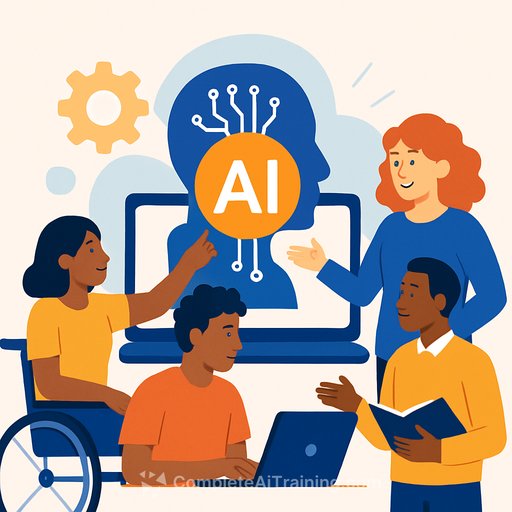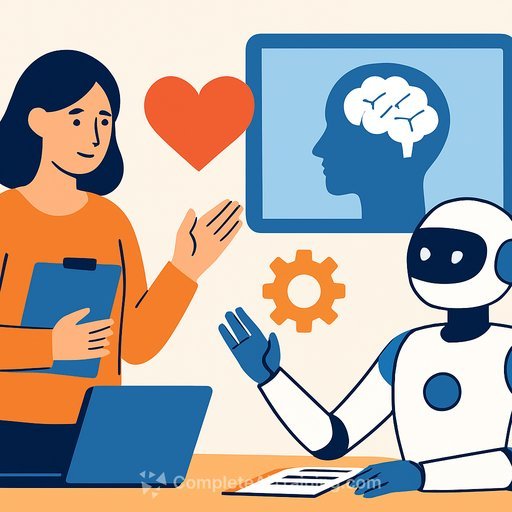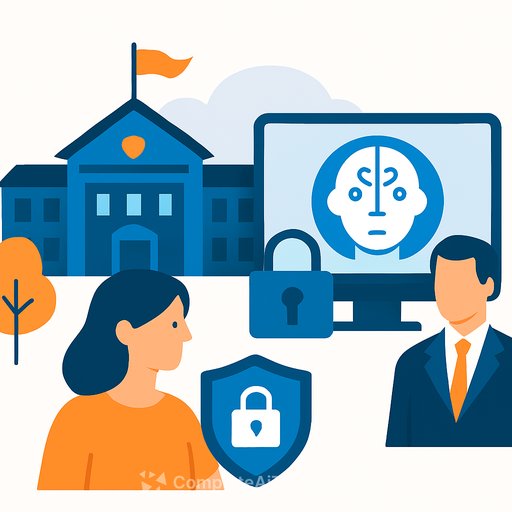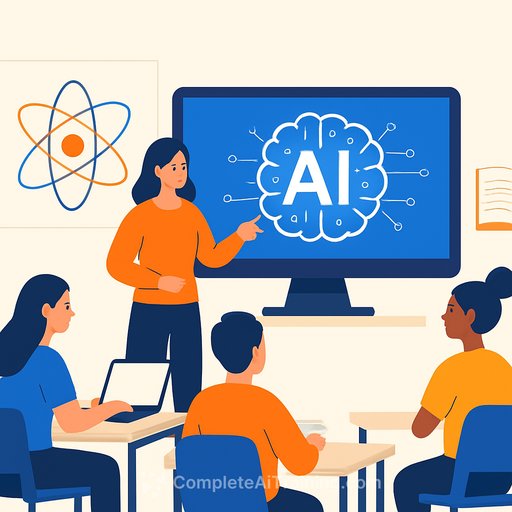AI and Inclusion: Breaking Barriers in Work and Learning
Artificial intelligence (AI) is changing how we work, learn, and deliver services. But without inclusion built into its core, AI risks increasing inequality. Leaders must ensure AI benefits everyone, especially in education and workforce development.
When AI Reflects Only a Slice of Society
AI systems depend heavily on the data and people behind them. A lack of diversity in development teams leads to biased outcomes. For instance, only 22% of AI professionals globally are women, with even fewer from other underrepresented groups. This narrow perspective limits AI’s usefulness and fairness.
Worryingly, some organisations are scaling back diversity, equity, and inclusion (DEI) programs. A 2025 study in the US found 1 in 8 companies planned to reduce or eliminate DEI initiatives. While the UK fares better, with 71% of directors committed to continuing DEI efforts, the trend demands caution.
Bias in AI is inevitable, but it becomes a problem only when it leads to discrimination. This distinction highlights why diverse teams and inclusive data are vital to creating fair AI.
From Policy to Practice: Closing the Inclusion Gap
Inclusion must be embedded throughout AI design, governance, and delivery—not just in high-level strategies. Public sector procurement in the UK is helping by favouring suppliers with strong social value and DEI commitments. This approach gives diverse suppliers fairer opportunities.
However, policies don’t always translate into inclusive products. Exclusion often stems from the data behind AI systems rather than user experience alone. For example, many AI tools overlook how deaf or blind users interact with voice-based interfaces, effectively shutting them out of services.
In public services, the consequences are serious. When AI is not accessible, vulnerable people risk losing access to vital information and support.
Examples of Inclusive AI in Action
Inclusive AI is possible and already delivering results when designed with real users in mind. For instance, an early rollout of Microsoft Copilot involved participants from accessibility and neurodiversity networks. The pilot found that about 75% of users improved their output, and over 60% could focus on higher-value tasks.
Neurodivergent users reported benefits such as:
- AI-generated prompts and summaries to start writing tasks
- Reduced cognitive load in planning and organising work
- Greater control over daily responsibilities
Some accessibility barriers emerged, like overly text-heavy training materials. These were redesigned with visuals and simplified formats to better support diverse learning styles.
Another example is Swindon Borough Council’s collaboration with people with learning disabilities to co-design an AI tool that converts complex documents into ‘easy read’ formats. This tool also supports over 70 languages and is open source, allowing other organisations to adopt it.
Inclusion Demands Awareness, Reflection, and Collaboration
To wrap up, key reflections on inclusive AI include:
Use Lived Experience to Improve Technology
AI impacts people differently. Awareness of diverse experiences helps improve technology design and use. Inclusion isn’t just about productivity—it’s about how we use the time AI frees up.
Pause to Consider Human Impact
Work pressures are real, but it’s crucial to reflect on how AI affects colleagues, clients, and society. Staying grounded in this impact guides better decisions.
Build Partnerships and Share Responsibility
No single organisation has all the answers. Progress depends on collaboration across sectors and including voices often left out.
Inclusion Is a Responsibility, Not an Option
AI shapes service delivery, decision-making, and access to opportunities. Its potential is large, but so are the risks if inclusion is ignored. For education and workforce leaders, building equitable and accessible AI isn’t just ethical—it’s essential. This requires attention to data, governance, lived experience, and delivery at every stage.
Ask the right questions: Who benefits from this technology? Who might be excluded? How can we make it work better for everyone?
The opportunity to make AI inclusive is real—and the responsibility lies with all of us.
For those in education seeking to expand their knowledge on AI and its practical applications, exploring targeted AI training can provide valuable skills. Visit Complete AI Training’s courses by job role for relevant learning paths tailored to educators.
Your membership also unlocks:





